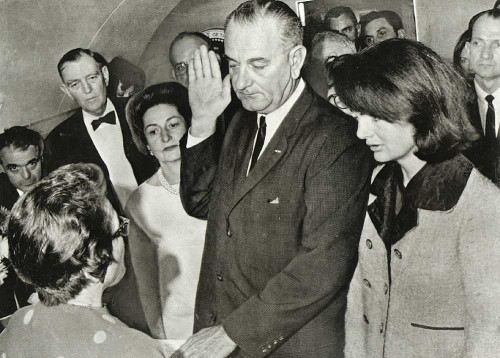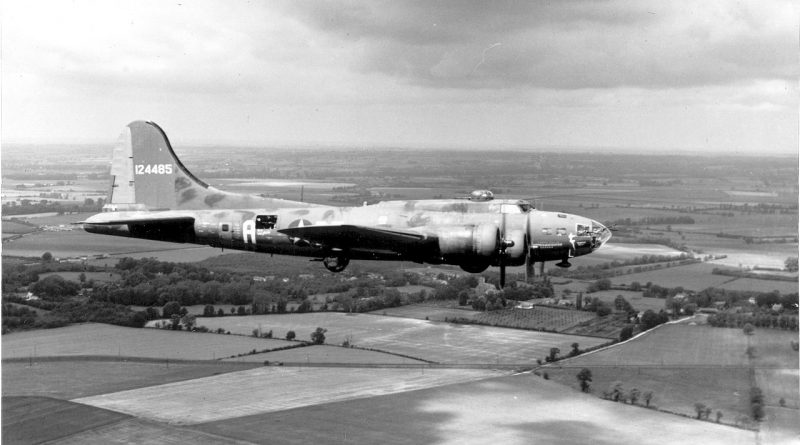June 9 in U.S. military history
1772: In what is considered to be the first naval engagement of the American Revolution, colonists led by Abraham Whipple and John Brown board and set fire to the British customs schooner HMS Gaspee, which has run aground off Warwick, R.I. while conducting ant-smuggling operations.
1942: Naval Reserve Lt. Cmdr. Lyndon B. Johnson — a U.S. congressman for Texas at the time — volunteered to observe an Army Air Force bombing raid on New Guinea. Johnson’s plane turned around moments later under suspicious circumstances. Some accounts say the B-26 came under enemy fire and others cite engine malfunction. Inexplicably, Johnson is awarded the Silver Star for “gallantry in action.” The future president’s own biographer stated that the award is “surely one of the most undeserved Silver Stars in history.”

1943: (Featured image) After flying 25 missions over Europe, the B-17F Flying Fortress known as Memphis Belle is flying back to the United States for a publicity tour. The Memphis Belle is the second bomber to accomplish the full combat tour of 25 missions, after the B-24 Liberator Hot Stuff accomplished the feat some three months earlier. Today, the famous aircraft resides at the National Museum of the United States Air Force at Wright-Patterson Air Force Base.
1944: In Borneo’s heavily patrolled Sibitu Passage, the Gato-class submarine USS Harder (SS-257) torpedoes and sinks Tanikaze – the third Japanese destroyer Harder sends to the bottom in four days, and scores a hit on another destroyer. Tanikaze sinks immediately, but when the sub surfaces moments later, the other destroyer has vanished as well. On June 10, Harder will spot a Japanese naval task force and fire torpedoes at another destroyer, heavily damaging or sinking that ship as well.
With four destroyers sunk and another heavily damaged or destroyed, Harder’s highly productive fourth war patrol makes her one of the most famous submarines during World War II.
1945: On Okinawa, the 6th Marine Division has cut off and surrounded Japanese forces on the Oroku Peninsula, while the 1st Marine Division advances on Kunishi Ridge, one of the last Japanese strong points.
1959: USS George Washington (SSBN-598) is commissioned, becoming the world’s first operational ballistic missile submarine. The “Georgefish” carried 16 Polaris A-1 missiles, which had a 1,000 nautical mile range and carried a 600 kiloton warhead.
